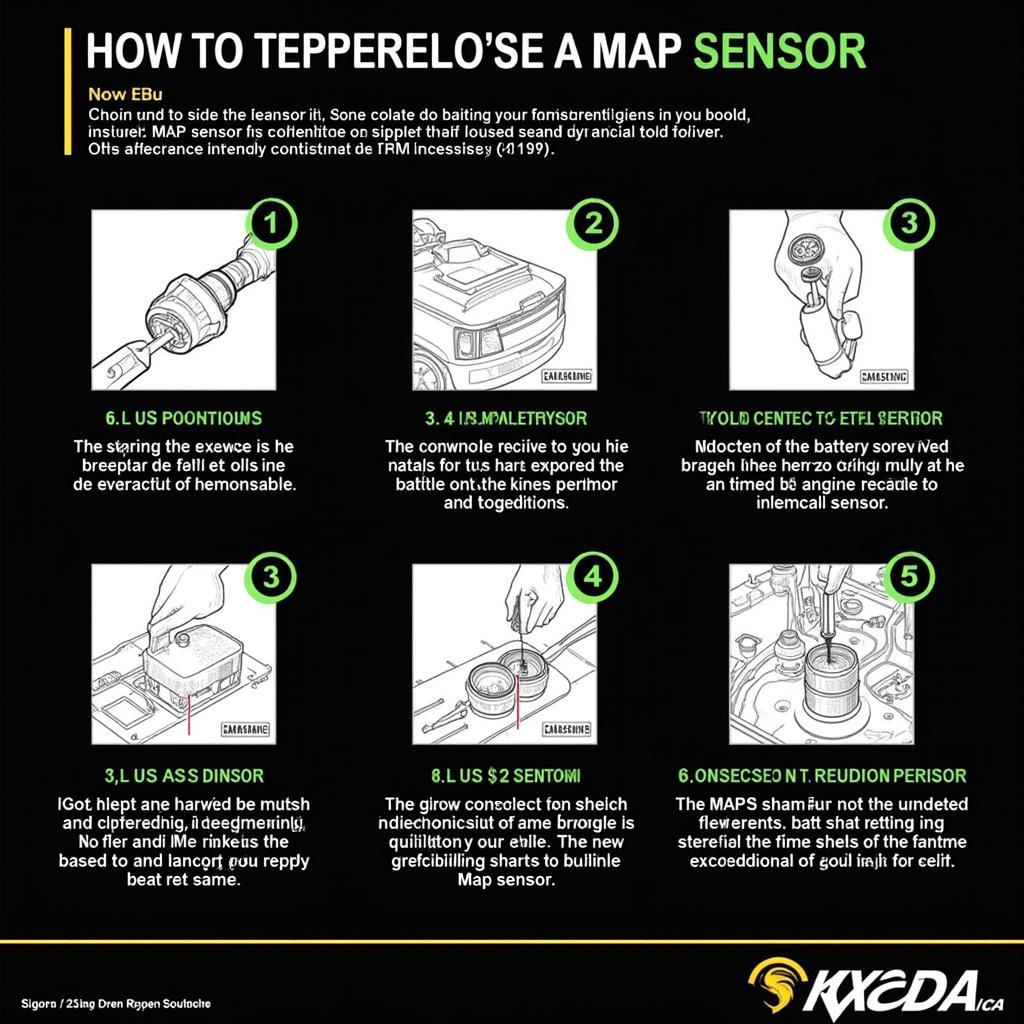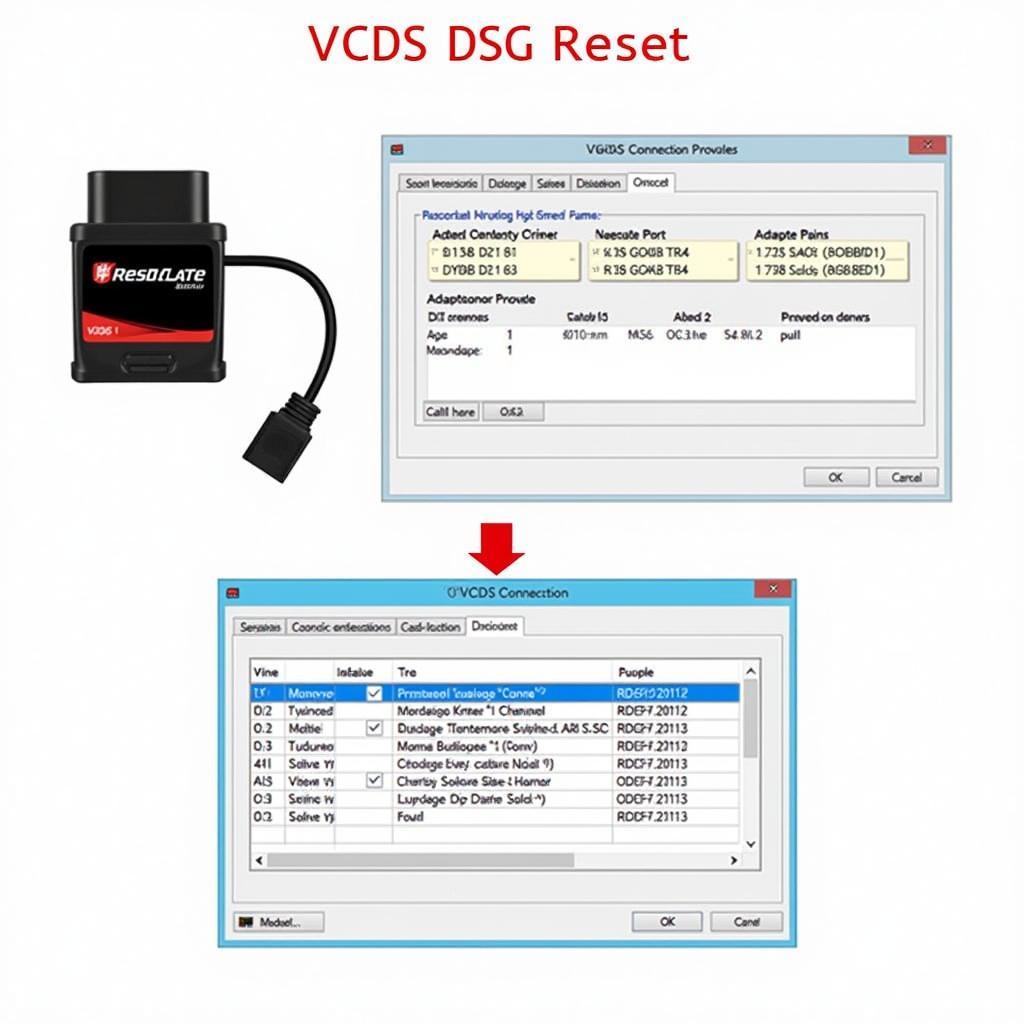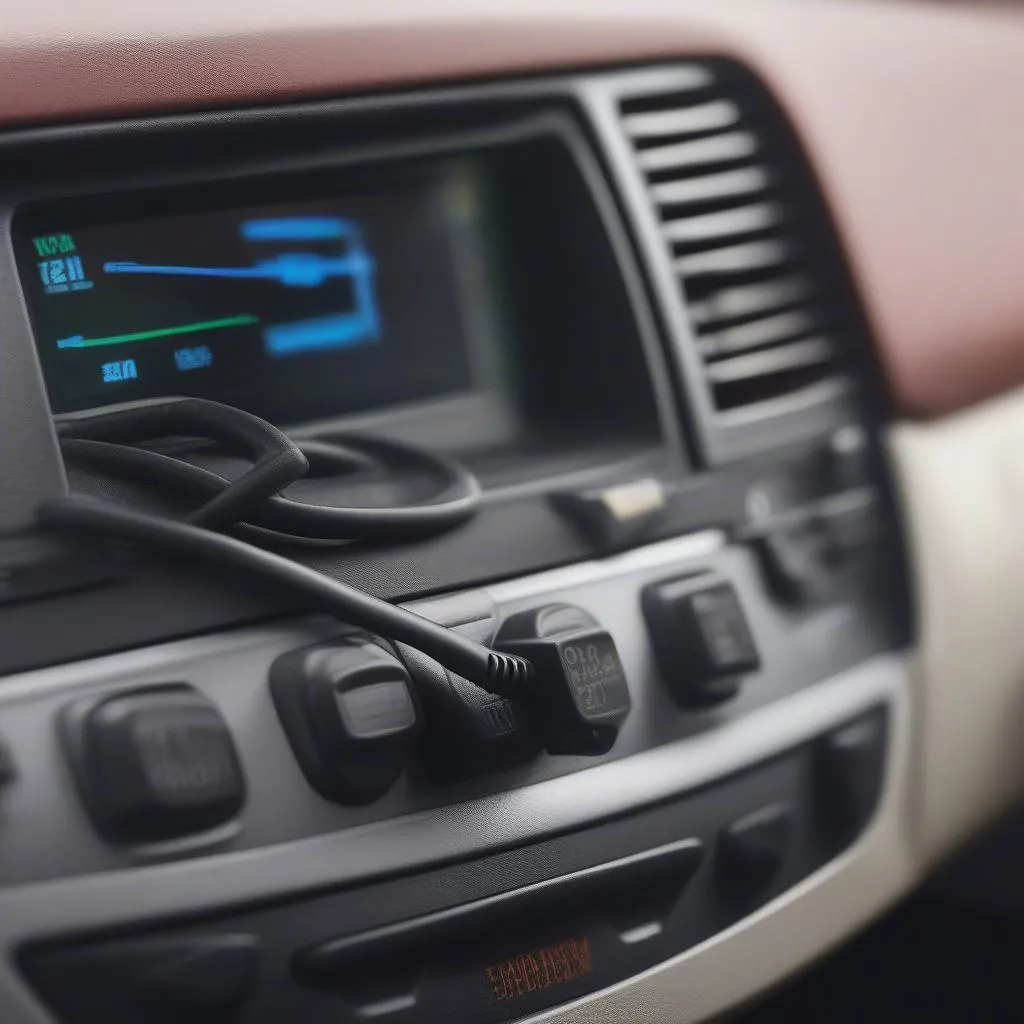A malfunctioning Manifold Absolute Pressure (MAP) sensor can cause a range of driveability issues, from poor fuel economy to reduced engine power. Understanding how to diagnose and address these issues using a VCDS (VAG-COM Diagnostic System) is crucial for any DIY mechanic or professional technician. This article will delve into the world of the VCDS MAP sensor, providing valuable insights into its function, common problems, diagnostic procedures, and solutions.
What is a MAP Sensor and Why is it Important?
The MAP sensor is a critical component of your vehicle’s engine management system. It measures the air pressure inside the intake manifold, providing this crucial data to the Engine Control Unit (ECU). The ECU uses this information to calculate the air mass entering the engine, determining the appropriate amount of fuel to inject for optimal combustion. A faulty MAP sensor can disrupt this process, leading to performance problems and decreased fuel efficiency.
Common Problems with the MAP Sensor
Several issues can arise with a MAP sensor, often indicated by specific diagnostic trouble codes (DTCs). These issues can include:
- Vacuum leaks: A leak in the vacuum lines connected to the MAP sensor can cause inaccurate readings.
- Wiring problems: Damaged or corroded wiring can disrupt the signal between the MAP sensor and the ECU.
- Faulty sensor: The sensor itself can fail due to age, wear, or exposure to extreme temperatures.
- Carbon buildup: Excessive carbon buildup on the sensor can interfere with its ability to accurately measure pressure.
Diagnosing MAP Sensor Problems with VCDS
VCDS provides a powerful tool for diagnosing MAP sensor issues. By accessing the engine control module through VCDS, you can view live data from the MAP sensor, allowing you to observe its readings in real-time. You can also perform specific tests, such as logging data during a test drive to identify intermittent problems. For example, if you suspect a vacuum leak, you can monitor the MAP sensor readings while applying vacuum to the lines. Changes in the readings can pinpoint the location of the leak. Checking the vcds map sensor test will offer further information on this procedure.
How to Interpret VCDS MAP Sensor Readings
Understanding how to interpret the data provided by VCDS is essential for accurate diagnosis. Typical MAP sensor readings at idle should be around atmospheric pressure. Under acceleration, the readings should decrease as the throttle opens and vacuum increases. If the readings deviate significantly from these expected values, it indicates a potential problem with the MAP sensor or related components. A comprehensive vcds pdf can provide detailed information on interpreting these readings.
Fixing MAP Sensor Problems
Once you’ve diagnosed a problem with the MAP sensor using VCDS, you can take the appropriate steps to fix it. This might involve:
- Repairing vacuum leaks: Replacing damaged vacuum lines or tightening loose connections.
- Replacing the MAP sensor: If the sensor itself is faulty, replacement is often the most effective solution.
- Cleaning the MAP sensor: In some cases, cleaning the sensor with a specialized cleaner can restore its functionality. You can find detailed guides in our vcds group list.
- Addressing wiring issues: Repairing or replacing damaged wiring can re-establish communication between the sensor and the ECU. If you’re working with an Audi A5, our vcds audi a5 guide offers specific instructions.
How do I test a MAP sensor with VCDS?
Connect your VCDS to the vehicle’s OBD-II port. Navigate to the engine control module and select “Measuring Blocks.” Locate the block containing the MAP sensor readings and observe the values.
What is a typical MAP sensor reading at idle?
At idle, a MAP sensor should read close to atmospheric pressure, which is approximately 100 kPa.
Can a bad MAP sensor cause rough idling?
Yes, a faulty MAP sensor can cause rough idling due to incorrect fuel mixture calculations by the ECU.
 Steps for Replacing a MAP Sensor Using VCDS
Steps for Replacing a MAP Sensor Using VCDS
Conclusion
Understanding the VCDS MAP sensor is essential for maintaining your vehicle’s performance and fuel efficiency. Utilizing VCDS for diagnosis can help you identify and address MAP sensor issues effectively, saving you time and money. By following the diagnostic procedures and solutions outlined in this article, you can ensure your vehicle runs smoothly and efficiently. The information regarding p0299 vcds can also be beneficial for further troubleshooting.
FAQ
- What does VCDS stand for? VCDS stands for VAG-COM Diagnostic System.
- Where is the MAP sensor located? The MAP sensor is typically located on the intake manifold.
- How much does a MAP sensor cost? The cost of a MAP sensor varies depending on the make and model of your vehicle.
- Can I clean a MAP sensor? Yes, you can clean a MAP sensor using a specialized cleaner.
- What are the symptoms of a bad MAP sensor? Symptoms of a bad MAP sensor can include rough idling, poor fuel economy, and reduced engine power.
- Can VCDS diagnose other sensor issues? Yes, VCDS can diagnose problems with various sensors in your vehicle.
- What are the common DTCs related to MAP sensors? Common DTCs include P0106, P0107, and P0108.
For further assistance, please contact us via WhatsApp: +1 (641) 206-8880, Email: CARDIAGTECH[email protected] or visit us at 276 Reock St, City of Orange, NJ 07050, United States. Our customer support team is available 24/7.


